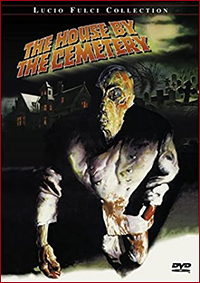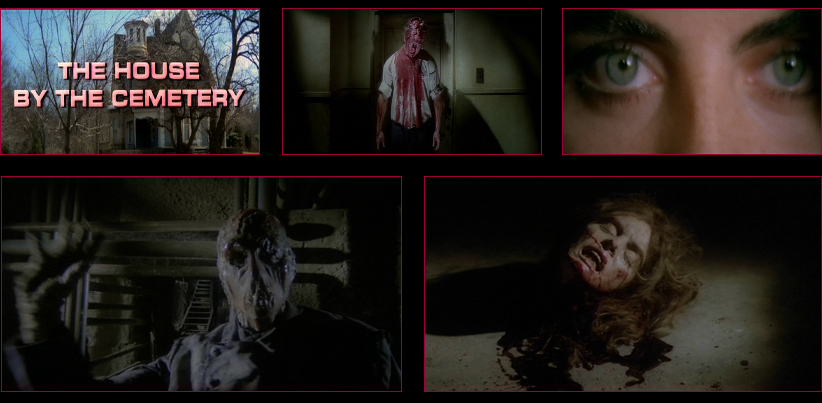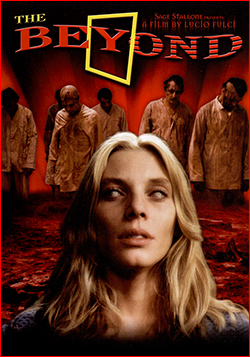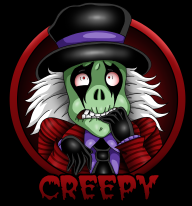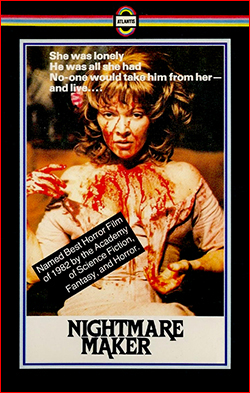 Here we have a lost little gem that was buried among the endless wave of the 80s formulaic slasher craze, and was rediscovered eons later. And with a strange nursery rhyme’ish title like Butcher Baker, Nightmare Maker, it’s not too easy knowing what to expect. Then we also have the alternative VHS title Night Warning and that blood-drenched poster with the shortened title Butcher Baker. Not to mention the slightly cryptic trailer posted below. So… is this about a mad cocaine-snorting butcher who terrorizes vegans in their dreams, or something? I’m almost tempted to just say yes… ha-ha.
Here we have a lost little gem that was buried among the endless wave of the 80s formulaic slasher craze, and was rediscovered eons later. And with a strange nursery rhyme’ish title like Butcher Baker, Nightmare Maker, it’s not too easy knowing what to expect. Then we also have the alternative VHS title Night Warning and that blood-drenched poster with the shortened title Butcher Baker. Not to mention the slightly cryptic trailer posted below. So… is this about a mad cocaine-snorting butcher who terrorizes vegans in their dreams, or something? I’m almost tempted to just say yes… ha-ha.
The film centers around the not-so-healthy relationship between aunt Cheryl (Susan Tyrrell) and her nephew Billy (Jimmy McNichol). She once adopted him after his parents died in a brutal Final Destination-style car accident, the most graphic moment in the film as the breaks suddenly won’t work and the car rolls in towards a log truck. The outcome speaks for itself. Now, in the present day, Billy is soon to have his 17th birthday and plans to move to the University of Denver after he gets offered an athletic scholarship. Good news, right? Not for aunt Cheryl, not in the slightest. Because Cheryl wants her baby-boy all to herself. And because she’s sacrificed everything for him, he now owes her, said no one but Cheryl. Yes, she’s one of those with her own dusty copy of Guilt-Trip Textbook for Narcissistic Parents, finally ready to come into use. Run and never, ever look back. Easier said than done when Cheryl has done her part of grooming him into believing that crossing over some intimate boundaries, that would get everyone’s skin crawling, is completely normal. Her delusion and borderline fantasy world that she’s built up in her sick head over the many years starts to crack fully open when she finally realizes that he’s also moving to the university with his girlfriend, Julia.
So, in order to cope and not let the mask slip, while she actually let the mask fall off completely at turbo-speed, she gets into panic mode and tries to seduce Phil, the TV operator. Because she needs a new man in her life, and she needs one now! And things go completely off the rails from here on as the mating ritual (for lack of a better term) ends up with Cheryl grabbing a kitchen knife and making a bloody mess by stabbing the guy to death. And in comes Billy. This is also his 17th birthday, and all. Yay! “He tried to rape me“, she screams hysterically. And the Earth is flat. Another one who doesn’t buy that story, but for whole other reasons, is the detective Jo Carlson (Bo Svensson). Because Phil was in a secret gay relationship with Billy’s baseball coach, Tom, and detective Carlson suspects Billy to have been in a threesome relationship with these two. He has some valid reasons to actually believe that though. But Carlson is first and foremost a dedicated homophobe and a pompous sociopath who only views Billy as a worthless fag who he’d love to throw in jail. In the meantime, Cheryl is in a full mental collapse as she cuts her hair, starts to poison Billy’s milk with strong sedatives to keep him bedridden, and declares war on everyone who dares coming in her way to keep Billy for herself.
It must be said that the film is far from as gory as the impression may give. Butcher Baker was added on the overhyped joke-list in Britain that is the Video Nasty where it’s easy to assume that it was banned just because of the poster alone, not so unlikely what happened with The Driller Killer (1979) after this cover art was used on the VHS release. The film was also banned in Norway, my home country. So with that being said, this is not your typical straight-forward teen-slasher, but more of a morbid psychological drama sprinkled with taboo and touchy subjects that will be as fresh and relevant until the end of mankind. While the subjects itself are dark and disturbing enough, the tone and execution is way more whackier, if not bonkers, than it maybe should be. But somehow it works. One can analyze the deeper meanings and themes that lies under the surface to the next nuclear winter, but the most important here is that Butcher Baker, Nightmare Maker is overall an amusing, entertaining semi-slasher with some great eccentric energy. Much thanks is to Susan Tyrrell as the mentally unhinged and raving mad aunt Cheryl. She gives a pretty unique, zany and explosive performance to such a threatening level that I bet that the co-actors must have felt seriously intimidated by her. And I can’t unsee the Mia Goth likeness. She’d be perfect in a Butcher, Baker, Nightmare ReMaker. Bo Svensson as detective Carlson also made me chuckle at some moments, because he’s so over-the-top stereotypical and full of burning hatred against gay people that’s it’s almost comical. Chill.
Butcher Baker is on Blu-ray from Severin Films, and for time being, on Tubi.


Director: William Asher
Writers: Steve Breimer, Alan Jay Glueckman, Boon Collins
Also known as: Night Warning, Butcher Baker
Country & year: USA, 1981
Actors: Jimmy McNichol, Susan Tyrrell, Bo Svenson, Marcia Lewis, Julia Duffy, Britt Leach, Steve Eastin
IMDb: https://www.imdb.com/title/tt0082813/
![]()



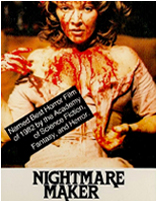

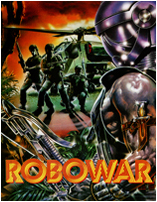
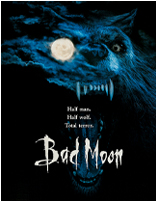
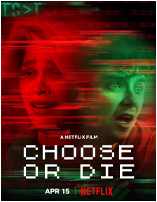
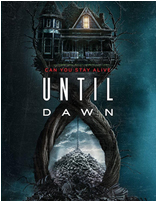
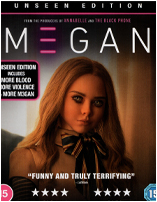
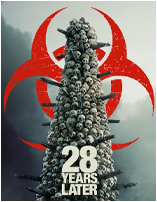
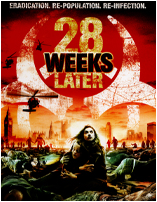
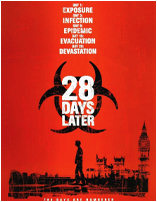
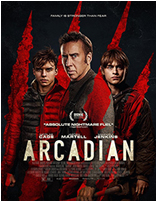
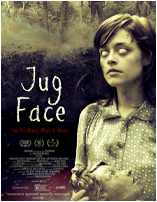
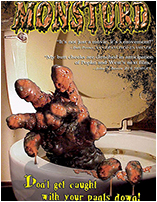

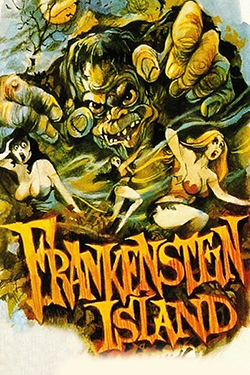
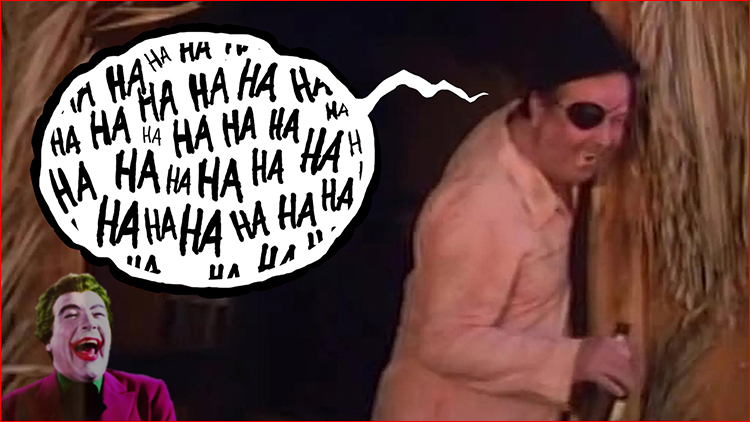



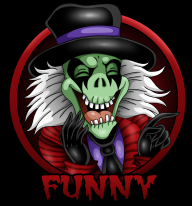
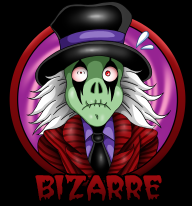
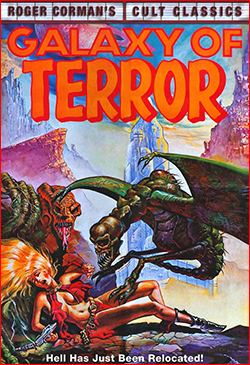



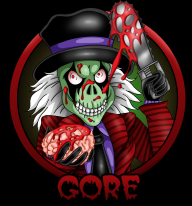
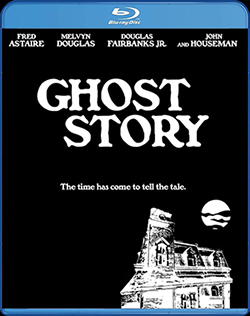




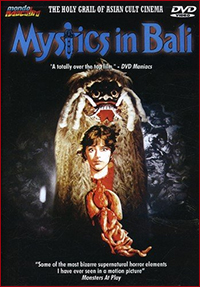 The author Kathy Keen is on a trip in Bali, Indonesia, to do some research on an ancient black magic called Leák. She has already been to Africa where she learned about Voodoo, but she needs more material to fill her book on the subject of black magic. She gets help from a guy called Hendra, who’s got some knowledge of the local folklore, and he also soon becomes her love interest. He takes her to the obscure corners of the jungle where they meet The Queen of Leák, a crazy old witch with a cackling, screaming and over-the-top animated laugh. And it is obvious that the person who dubbed her voice had a really fun time in the recording studio. Anyway, it’s already hard to describe what’s going on here, but it’s something like this: the witch orders Catherine to take off her skirt so that the witch can tattoo something on her leg, using what looks like a long lizard tongue. If this sounds bizarre, you haven’t seen nothing yet. The tattoo is supposed to be a sign that Kathy is now an official student of Leák, and must come to her every night to learn more about this mysterious magic. And it’s straight down the rabbit-hole from here on, where Kathy and the witch dances like drunk hippies, transform themselves into pythons, flying screaming fireballs, and … pigs. You just saw that coming, right? And we get other things that include a flying head which you just have to see for yourself to believe.
The author Kathy Keen is on a trip in Bali, Indonesia, to do some research on an ancient black magic called Leák. She has already been to Africa where she learned about Voodoo, but she needs more material to fill her book on the subject of black magic. She gets help from a guy called Hendra, who’s got some knowledge of the local folklore, and he also soon becomes her love interest. He takes her to the obscure corners of the jungle where they meet The Queen of Leák, a crazy old witch with a cackling, screaming and over-the-top animated laugh. And it is obvious that the person who dubbed her voice had a really fun time in the recording studio. Anyway, it’s already hard to describe what’s going on here, but it’s something like this: the witch orders Catherine to take off her skirt so that the witch can tattoo something on her leg, using what looks like a long lizard tongue. If this sounds bizarre, you haven’t seen nothing yet. The tattoo is supposed to be a sign that Kathy is now an official student of Leák, and must come to her every night to learn more about this mysterious magic. And it’s straight down the rabbit-hole from here on, where Kathy and the witch dances like drunk hippies, transform themselves into pythons, flying screaming fireballs, and … pigs. You just saw that coming, right? And we get other things that include a flying head which you just have to see for yourself to believe.
